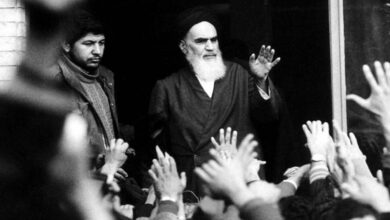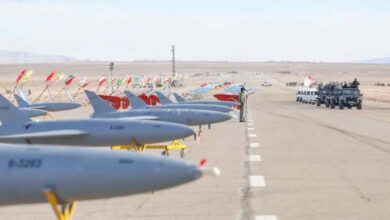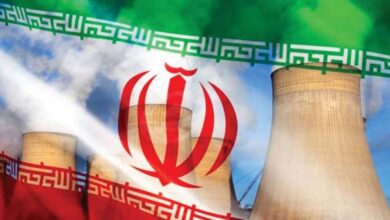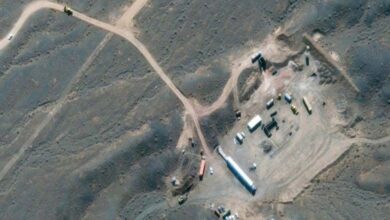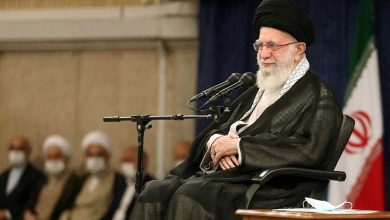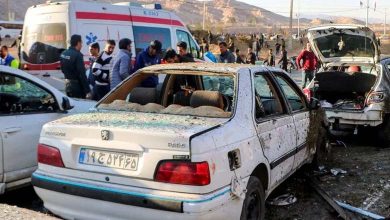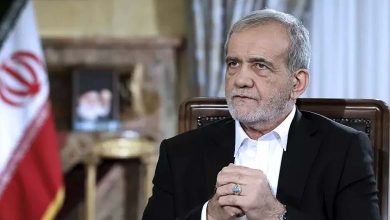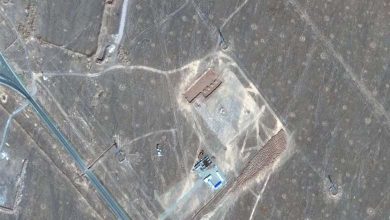“More for More”… Can It Unlock Iran’s Nuclear Code?
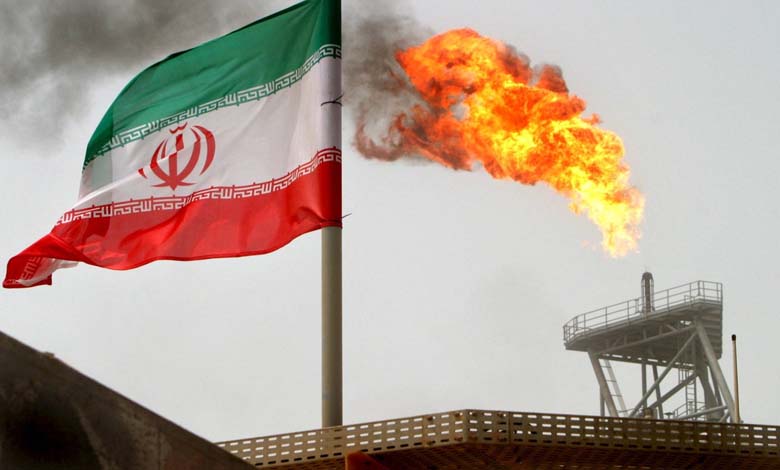
In just one year, Iran has lost a president and three key allies (the leaders of Syria, Hamas, and Hezbollah), as well as several missile production sites and “all” of its best air defense systems.
Beyond that, the country is struggling with a collapsing economy and a growing energy crisis. This situation makes it increasingly likely that the Iranian regime will resort to one of the few remaining options in its arsenal—its nuclear program—according to the British newspaper The Economist.
-
The United States will sanction more than two dozen people and entities about Iran’s nuclear
-
“Iran’s Nuclear Program”: IAEA Condemnation and Tehran’s Response
The report states that Iran is closer to acquiring a nuclear bomb than ever before. Since President Donald Trump withdrew from the nuclear agreement in 2018, Iran has reached the threshold for nuclear weapons production. In October of last year, it was capable of enriching enough uranium for five bombs in about a week if it chose to do so.
Iran’s uranium enrichment capacity has reached 60%, near weapons-grade levels. However, it would still need to develop an explosive warhead that could be mounted on a missile to make the weapon operational, a process that could take between 12 and 18 months, according to The Economist.
-
France Says Iran’s Space Launch ‘Regrettable’ amid Nuclear Deal Talks
-
Iran’s Nuclear Program Has Crossed ‘All Red Lines’, Says Israel PM
A Deal or a Confrontation?
What should be done to prevent this? The British newspaper poses the question.
Hawks in the Israeli government advocate bombing Iran’s nuclear sites, especially after weakening Hamas and Hezbollah, both considered Iranian proxies in the region.
Israel’s direct strikes on Iran in April and October were effective, destroying a large portion of Iran’s air defense systems. Additionally, Israeli spies have managed to disrupt Iran’s power circles. They argue that all Israel needs is for the U.S. to provide bunker-busting bombs and help counter an inevitable Iranian retaliation.
-
January 13: Iranian-European Talks on the Nuclear File in Geneva
-
Western Maximum Pressure Campaign to Prevent Iran from Acquiring Nuclear Weapons
However, The Economist cautions that while strikes on Iran’s nuclear facilities should not be ruled out, Trump should resist calls for immediate action. A military strike would be highly risky, potentially triggering regional chaos and dragging the U.S. into a prolonged conflict. At the same time, a diplomatic window appears to be opening, which the U.S. president seems keen to explore.
Two Key Tests
According to The Economist, Trump should threaten to reinstate “maximum pressure” sanctions, which he implemented during his first term. The report criticizes the Biden administration for turning a blind eye to Iranian oil smuggling, which has allegedly emboldened the regime. It also calls on the remaining Western nations—Britain, France, and Germany—to reimpose UN sanctions on Iran.
-
Atomic Energy Agency: Iran Close to Nuclear Bomb
-
“Iran Nuclear Deal”: Diplomatic Efforts to Contain Escalation
As pressure increases, Trump should clarify that he is offering Iran a deal that includes sanctions relief and support for the ongoing normalization of relations with Saudi Arabia. However, Iran must first pass two tests:
- A significant rollback of its nuclear program.
- A permanent end to its regional destabilization efforts.
With its only formal ally (Bashar al-Assad) weakened and Hamas and Hezbollah facing setbacks in Gaza and Lebanon, the so-called “Axis of Resistance” has been severely weakened, The Economist notes.
-
Iran Prepares for Imminent Sanctions with Nuclear Talks with European Powers
-
Iran Proposes Deal on Its Nuclear Program to Avoid Western Pressure
“More for More”
Nevertheless, Iran is unlikely to abandon all its foreign allies entirely. It maintains substantial political influence in Iraq and will not sever ties with its partners there, according to the British newspaper. Any agreement with Tehran should therefore require an end to its military support for Hamas, Hezbollah, and the Houthis in Yemen.
The report concludes by stating that this would be an ambitious agenda—what it calls a “more for more” deal—requiring each side to make greater concessions than those outlined in the 2015 Joint Comprehensive Plan of Action.


